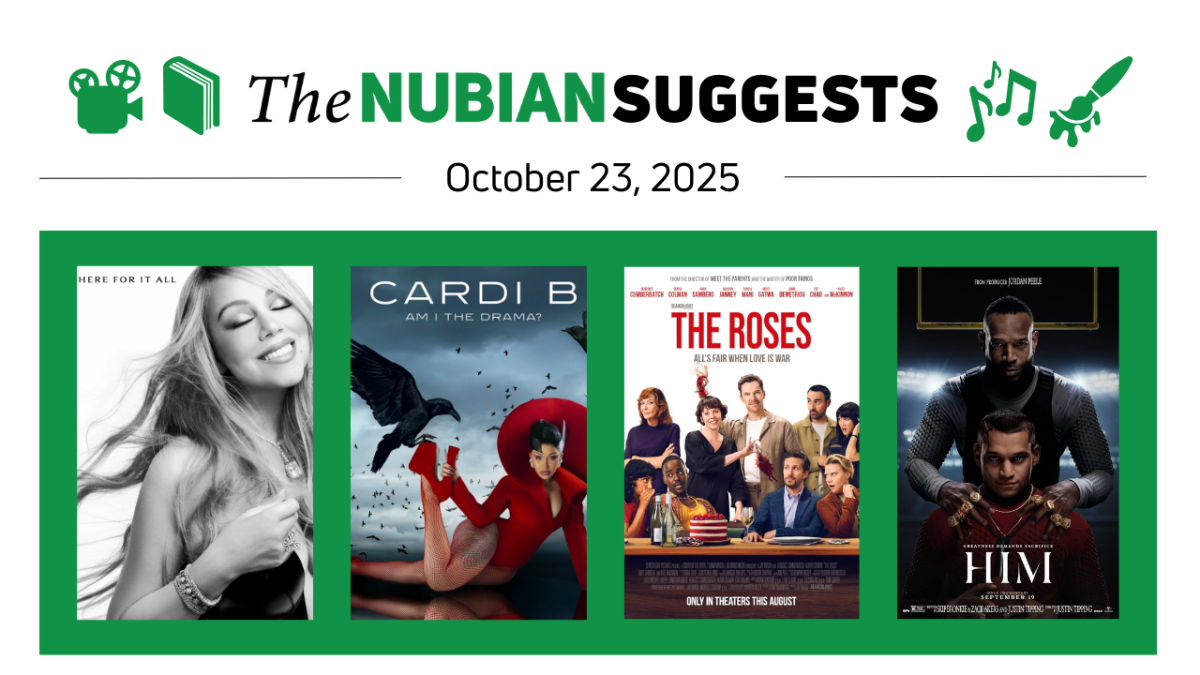Stop me if you’ve also done this before: you’re scrolling through social media when you freeze. Something abominable has caught your eye, and now you’re stuck looking at an abysmal take you just need to comment on.
Now, I’m not saying that the people making this content never believe what they’re selling; wrong opinions do exist (that was a joke; please don’t fact-check this). However, sometimes, this is content designed with your anger in mind.
This type of content is called ragebait; it’s content designed to make you angry. I’m sure many remember clickbait: Youtube thumbnails, featuring slack-jawed people with wide eyes. Ragebait is similar (hence the “bait” suffix), only instead of using suspense to draw you in, it uses your anger.
Sometimes, ragebait can be pretty silly. For example, many horrendous recipe videos peppering social media are just ragebait (luckily) and aren’t relevant. These videos are annoying but mostly harmless outside of destroying your stomach.
But ragebait can be and is a serious problem. False news stories spread like wildfire on social media and ragebait can be yet another medium to spread these stories. While I can’t prove they’re necessarily ragebait, they do similarly use shocking content to create anger and, in this case, vitriol.
For example, several prominent Republicans have spread a false story claiming schools have created litter boxes for students identifying as cats. No evidence supports these claims. However, by spreading these stories, the GOP seeks to silence opposing voices by deeming them unreasonable.
Once the opposition seems unreasonable, every decision comes into doubt. This is why it’s a political strategy; once your audience is angry, your side seems far more reasonable, even if it’s patently false.
Even outside of the dangers it poses politically and socially, ragebait doesn’t have any benefits. It’s pure manipulation, riling readers up to get their vote, click or engagement.
Rolling Stone spoke with an influencer who makes ragebait content precisely because it goes viral. The creator, Winta Zesu, said they realized that controversial content makes videos more successful. This content is insincere, designed solely to grab your attention and use it against you to make a profit.
Ragebait isn’t just bad because it’s… well, bait. As also made clear in the name, the primary goal of ragebait is to keep you in a constant cycle of anger. While anger isn’t always wrong, excess anger can have many negative effects.
The Victorian State Government’s Better Health website claims that uncontrolled anger can lead to high blood pressure, insomnia, strokes and even heart attacks. It can also affect your mental health, leading to heightened anxiety and depression.
As you can probably tell, I’m not too fond of ragebait, and I’m always looking for ways to avoid it. There’s no clear consensus on how to identify ragebait; after all, few want to confess their work is just supposed to make you mad.
However, here are some ways I try to avoid ragebait. First, if it’s something from a source I’ve seen similar frustrating content from, I look them up to see if anyone’s called their content ragebait. While users may be wrong, it may raise red flags I wouldn’t have noticed otherwise.
Next, I focus on the topic and how consistently I’ve seen irritating content surrounding it. When I’ve seen something similarly frustrating before, I consider the possibility that it could be ragebait.
Finally, even if it’s not clearly ragebait, I often disengage anyway. Sometimes, rage-inducing content isn’t fake. Sometimes, people do say or do messed up things. When interacting with this content, I often realize that my input just isn’t necessary.
In my experience, the issues pushed in this content often don’t impact me enough to feel the need to engage. Sometimes, even if it’s true, I’ll often realize that I can’t do anything about it and disengage.
While persuasion on the internet isn’t impossible, people are often stubborn. Often, these conversations become slap fights where neither side changes their mind, so why would I do something that angers me for no reason?
There’s a time and place for righteous anger; it’s best to save it for when necessary and not on biting someone’s carefully cast bait.







